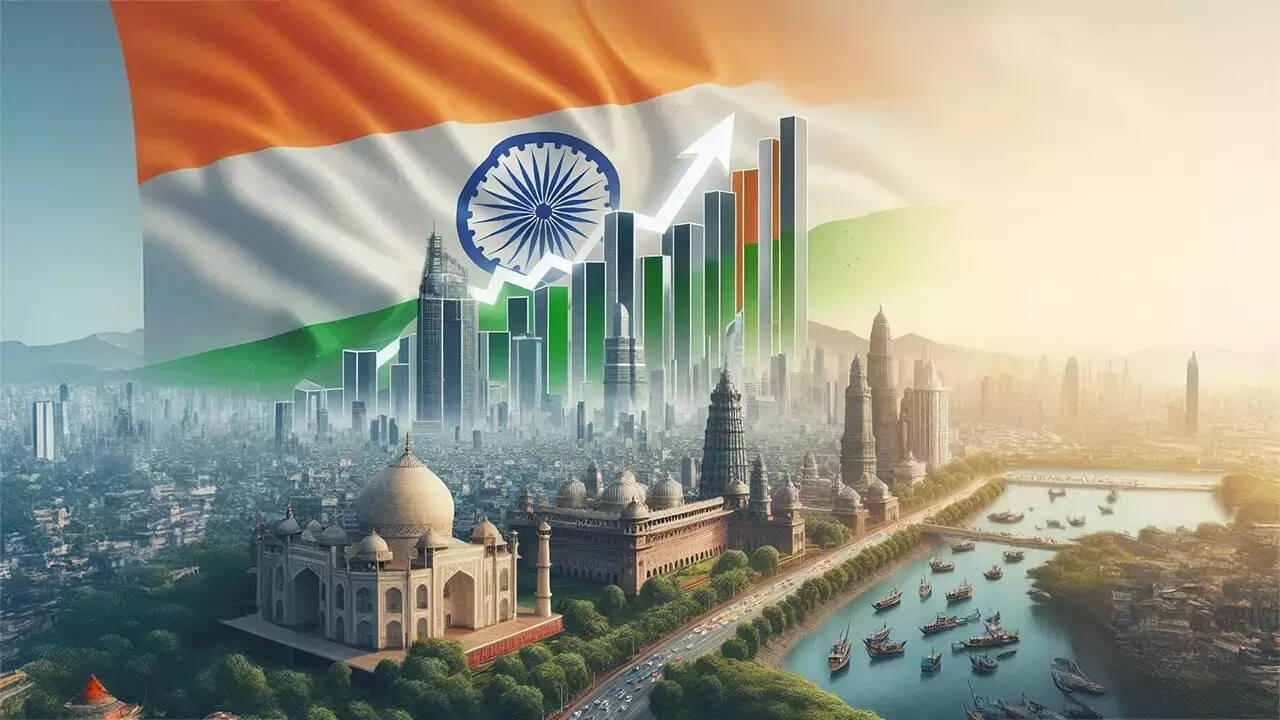India’s economic growth and social inclusion are setting a global example, according to UNDP’s Acting Administrator Haoliang Xu. He highlighted the nation’s technology-driven approach, participatory governance, and climate action as a blueprint for balancing development with sustainability, ensuring no one is left behind. Flagship programs and digital innovations are key to this success.
India’s Growth Story: A Blueprint for the World?
India’s economic trajectory has been a subject of much discussion, often debated and analyzed from various angles. But lately, something different is happening. The conversation is shifting from mere analysis to admiration, even suggestion that India’s approach could serve as a global template. But what exactly makes this growth story so unique, and why is it capturing the attention of international organizations like the UNDP?
The answer lies in a confluence of factors: a commitment to inclusive growth, a bold embrace of digital technologies, and a proactive stance on climate action. These elements, interwoven into India’s development strategy, are creating a model that resonates far beyond its borders.
The Inclusive Growth Imperative
For years, economic growth in many nations has been criticized for disproportionately benefiting the wealthy, leaving large segments of the population behind. India, however, is striving for something different. The focus is on ensuring that the fruits of progress are shared more equitably, reaching even the most marginalized communities.
This isn’t just about wealth redistribution; it’s about empowering individuals through access to education, healthcare, and economic opportunities. Initiatives aimed at skill development, financial inclusion, and social security are playing a crucial role in this effort. The idea is to create a level playing field where everyone has a chance to participate in and benefit from the nation’s economic advancement.
This commitment to inclusive growth is proving to be a game-changer, fostering social harmony and creating a more resilient economy. When a larger percentage of the population is economically secure, the economy as a whole becomes more robust and sustainable.
Riding the Digital Wave
India’s rapid digitalization has been nothing short of revolutionary. From bustling city centers to remote rural villages, digital technologies are transforming lives and livelihoods. The country has embraced the digital revolution with remarkable speed, creating a vibrant ecosystem of innovation and entrepreneurship.
Consider the widespread adoption of mobile technology and the proliferation of digital payment systems. These advancements have not only streamlined financial transactions but have also brought millions of people into the formal banking system, opening up new avenues for economic empowerment. The government’s push for digital literacy is further accelerating this transformation, equipping citizens with the skills they need to thrive in the digital age.

Moreover, digital platforms are empowering small businesses and entrepreneurs, enabling them to reach wider markets and compete on a global scale. This is particularly significant in a country with a large and diverse economy like India. See our piece on [how technology helps small businesses thrive](link-to-internal-article).
Leading the Way in Climate Action
Climate change is a global challenge that demands urgent action. India, despite being a developing nation, is demonstrating strong leadership in this arena. The country has set ambitious targets for renewable energy generation and is actively promoting sustainable practices across various sectors.
From solar power to wind energy, India is investing heavily in renewable energy sources, reducing its reliance on fossil fuels and paving the way for a cleaner, greener future. The government is also encouraging energy efficiency through various initiatives, promoting the adoption of eco-friendly technologies and practices.
India’s commitment to climate action extends beyond its borders. The country is actively participating in international collaborations and sharing its expertise with other nations, contributing to the global effort to combat climate change.
A Global Blueprint in the Making?
The combination of inclusive growth, digital empowerment, and climate leadership is what sets India’s development model apart. It’s a holistic approach that recognizes the interconnectedness of economic, social, and environmental factors.
While every nation faces its own unique set of challenges, the principles underlying India’s growth strategy can be adapted and applied in different contexts. The emphasis on inclusivity, the strategic use of digital technologies, and the commitment to sustainability are all valuable lessons that other countries can learn from. The specific programs might need to be tailored, but the foundational principles are universally applicable.
The world is watching India’s progress with keen interest. As the country continues on its path of sustainable and inclusive growth, it may well emerge as a model for other nations to emulate.
The Road Ahead
India’s journey is far from over. There are still significant challenges to overcome, including poverty, inequality, and environmental degradation. However, the country’s commitment to inclusive growth, digital empowerment, and climate action provides a solid foundation for future progress. The world waits to see what is next.







